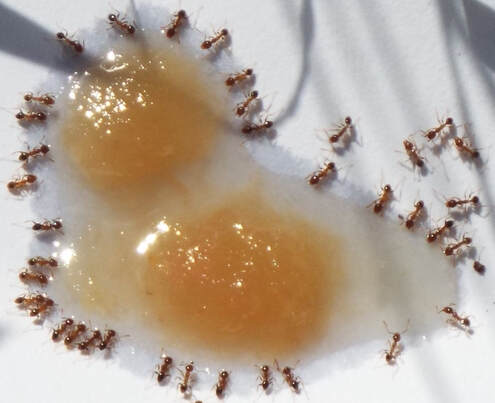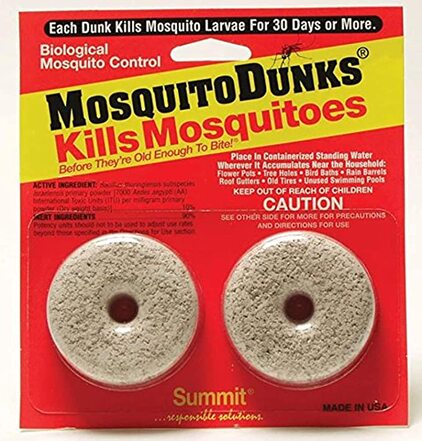|
Last month on the Bug Lessons blog, we took a close look at pest prevention. This month in our IPM series, we’re zooming in on actionable items that can be taken to control an existing pest infestation. Although we’re certainly going to discuss the application of pesticides, we’ll also talk about some other things that can be done to effectively manage pests in urban settings. IntroductionWe have mentioned a number of times that creating an integrated pest management (IPM) program requires an elaborate series of decision-making steps. We discussed using a variety of complementary or synergistic tactics to suppress or prevent arthropod pests. Once you have identified the target pest, monitored pest activity, decided on an action threshold, and taken steps to prevent a future pest problem—it is time to start taking steps to solve the issue through action (if a problem still exists after preventative measures). Actionable measures can include both chemical and non-chemical tactics to eliminate pests. These specific strategies will comprise the focus of our monthly IPM blog today! Types of Control and Actionable StepsMost people break up the types of pest control used in an IPM plan into five groups, these include:
At this stage in the IPM program, you can use any tactic from one of the five strategies previously listed to gain control of an infestation. The strategies you decide to employ will depend on the budget available, the environment, the pest species in question, your (or the client’s) tolerance for pest presence/pesticide use, and an array of other factors, too. We of course do not have time in this short blog entry to discuss every single pest control tactic for every single pest and system, but we will provide some examples below. For any specific questions, feel free to reach out to us at [email protected]! Examples of Actions You Can Take Against PestsCultural Control
Mechanical Control
Choose the formulation that will do the job adequately with the least environmental impact. Target-specific baits are a great choice if you want to reduce non-target effects. For outdoor applications, try to choose formulas that are less likely to drift or remain in the soil for long periods of time. Use the lowest label rate that allows you to gain control. Rotate active ingredients if you are using a pesticide for a lengthy period of time, or over and over again (i.e., every season, every two weeks, etc.). Many extension websites have helpful tips for pesticide selection.  Baits are a great way to control an array of indoor pests, especially cockroaches and ants. They are usually pest-specific, and are often contained in sachets or stations that confine the bait to one area. Be sure to read labels carefully so that you apply correctly—baits do not work the same as contact liquid pesticides. (Image Credit: Forest and Kim Starr, Image Source: Flickr) Behavioral Control
ConclusionsIt might take a bit more effort to apply >1 strategy to a pest problem, but IPM programs reduce pesticide risk and are often more effective than management plans that rely solely on chemical use. We could all benefit from a healthier environment, especially indoors and around structures where we spend lots of our time. It may be tempting to buy that ‘miracle product’, but we encourage you to think twice—sometimes when things sound too good to be true, they are. This is especially true in urban pest management.
0 Comments
|
Bug Lessons BlogWelcome science communicators and bug nerds!
Interested in being a guest blogger?
Archives
November 2023
Categories
All
|
